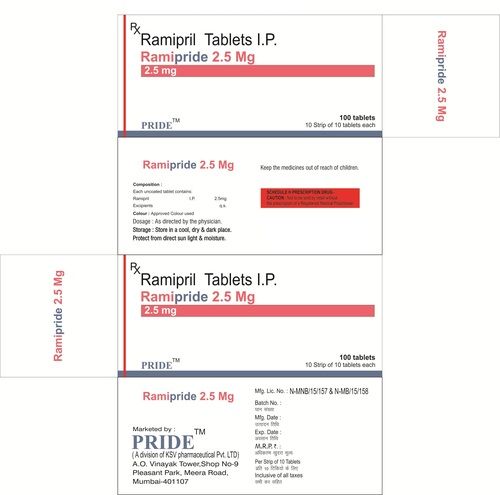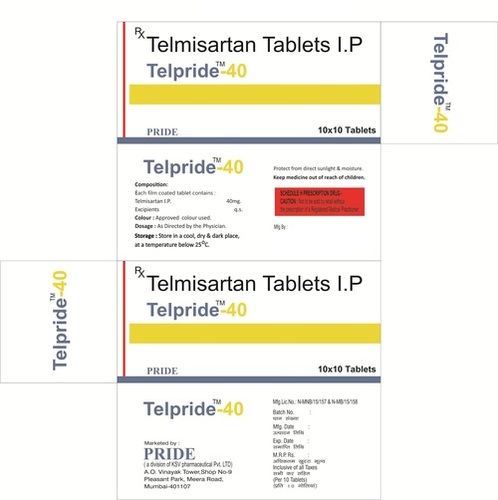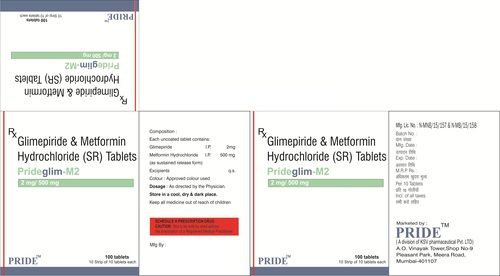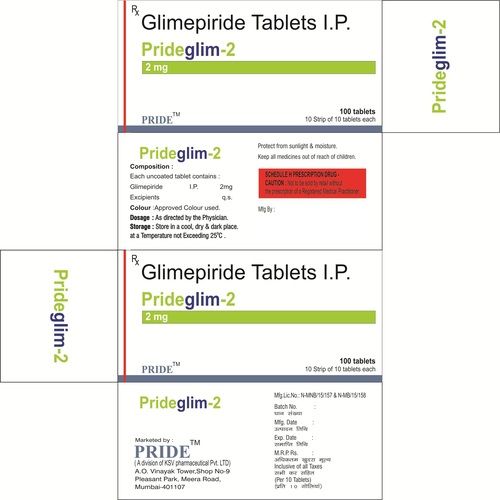
- Home Page
- Company Profile
-
Our Products
-
Injectables For PCD
-
Cardiac & Diabetic For PCD
- Roslow 10mg (Rosuvastatin)
- Metolog Xr 50 ( Metoprolol Succinate)
- Prideglim M1 mg (Glimipride + Metformine)
- Telpride Ct 12.5 (Telmisartan + Chlorthalidone)
- Telpride Ct 6.25 (Telmisartan + Chlorthalidone)
- Telpride AM (Telmisartan + Amlodepin)
- Telpride 80mg (Telmisartan)
- Telpride 20mg (Telmisartan)
- Ramipride 5 (Ramipril 5mg)
- Ramipride 2.5 (Ramipril 2.5mg)
- Prideglim Mv1 mg (Glimipride + Metformine + Voglibose)
- Prideglim M2 mg (Glimipride + Metformine)
- Torlow 20mg (Atorvastatin)
- Telpride 40mg (Telmisartan)
- Torlow 40mg (Atorvastatin)
- Torlow 10mg (Atorvastatin)
- Prideglim M2 mg (Glimipride + Metformine)
- Telpride H 40mg (Telmisartan + Hydrochlorothiazide)
- Telpride H 80mg (Telmisartan + Hydrochlorothiazide)
- Prideglim 1mg (Glimipride)
- Prideglim 2mg (Glimipride)
- Ramipride Meto 2.5 (Ramipril + Metoprolol)
- Metolog Xr 25 (Metoprolol Succinate)
-
Tablets PCD
-
Syrups Fpr PCD
-
Capsules For PCD
-
Others For PCD
-
Injectables For PCD
- Contact Us









